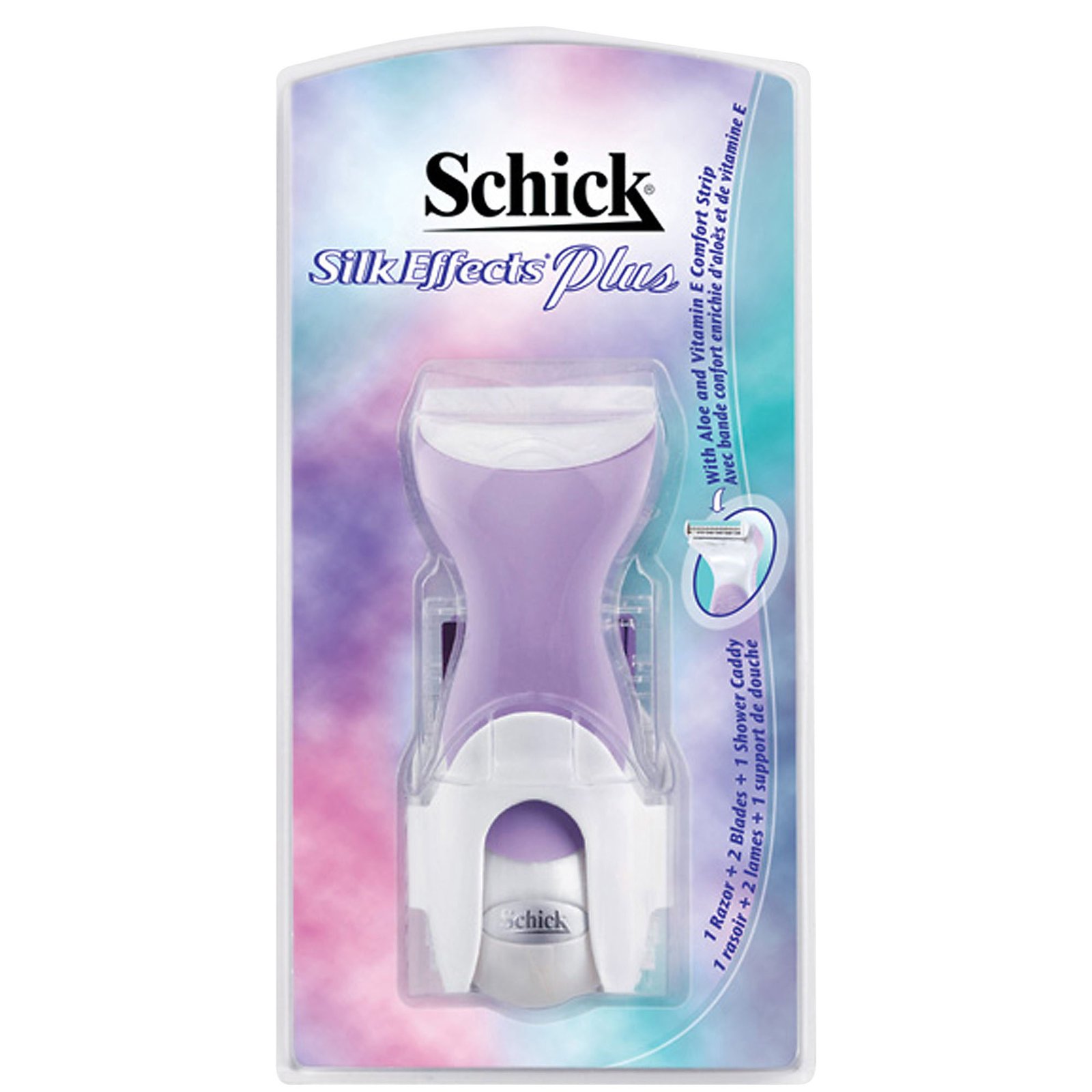


market, in percent.ġ987 Norelco: 47% Remington: 34% Braun: 6% Other: 13%ġ991 Norelco: 48% Remington: 26% Braun: 14% Other: 12% Source: Market Research Surveys The three major producers of electric shavers account for 88% of the national market.ĭollar share of the U.S. “Now,” said Kaufman, the father of three and grandfather of six, “Father’s Day is an excuse for mother to see father look the way she’d like him to look.”īraun has more than doubled its market share since 1987. Commemorating Dodd’s own father, a Civil War veteran, it was marked by a simple sermon. “If my husband has any vague idea that he wants something for the garden or for golfing, he just goes out and gets it,” she said.īut Alder’s and other mothers’ concerns about appropriate gifts for fathers are, like the electric shavers they often fall back on, relatively modern.Īccording to Theodore Kaufman, executive director of the Father’s Day Council, an organization devoted to increasing awareness of the occasion, the holiday was originated in Spokane, Wash., in 1910 by Mrs. He bought his own father’s electric tools, but said he sympathizes with many women’s complaints about shopping for men: “A man-if he needs something, he gets it.”Īfton Alder, president of American Mothers Inc., a 5,000-member organization that selects a Mother-of-the-Year, concurred. Unmarried, Jeffers has never received any shaving equipment for Father’s Day. “But once a person hits 40, they’re better off to have short hair and a clean face.” “Society will now accept you if you have long hair, short hair, or whatever,” he said. of Barber Boards and founder of the Barber Museum outside of Columbus, Ohio.Ī former barber, Jeffers, whose motto used to be “You grow it, I’ll mow it,” now devotes his time to certifying the country’s 180,668 barbers and to displaying his collection of 100 electric and 600 straight razors. “At the worst time of the day, when you just got out of bed, it’s nice to use a product you appreciate.”īut Wedel, whose “easy access” to new shavers means he uses five or six on a rotating basis, may be one of the few men who says, “My wife thinks I have too many shavers at home.”Įven his collection, however, pales next to that of Ed Jeffers, head of the National Assn. “I don’t think it’s a lack of innovation,” he said. More than half of all electric shavers are now given as presents, which means that companies must sell to the gift-giver as well as to the shaver.īraun’s President Jorgen Wedel defended the choice of a shaver as a gift. Perhaps the only thing the two do agree on is the importance of holidays such as Father’s Day to sales. “That’s why our slogan is, ‘Shaves as close as a blade or your money back,’ ” Gold said. On the other hand, Remington Vice President Bruce Gold claims his company has been “very successful at converting blade shavers into electric shavers.” “Mostly we’re trying to get people who already use an electric shaver,” Bennett said. Maureen Bennett, Braun’s market research manager, therefore maintains that the company’s growth has come at the expense of its competitors, rather than from the conversion of blade users to electric shavers. In this fiercely competitive market, manufacturers agree on very little.Įven the profile of today’s typical shaver-greatly changed since the Roman era, when beards were worn only by slaves, mourners, and philosophers-is a matter of debate.īraun maintains that blade shavers, who represent 60% of the American men, largely stick to blades. Braun had a 1991 market share of 14%, according to estimates by independent market researchers, but Braun says its share was 20% or more.

that has been on the market only since 1985, that pitch represents a substantial expenditure.
#Schick straight razor series#
This year, for example, Remington has aired a series of national television commercials, and Braun has launched a $17-million advertising campaign to herald the Father’s Day introduction of its new “Flex Control” shaver, which boasts a pivoting head.įor Braun, a unit of disposable razor maker Gillette Co.


 0 kommentar(er)
0 kommentar(er)
